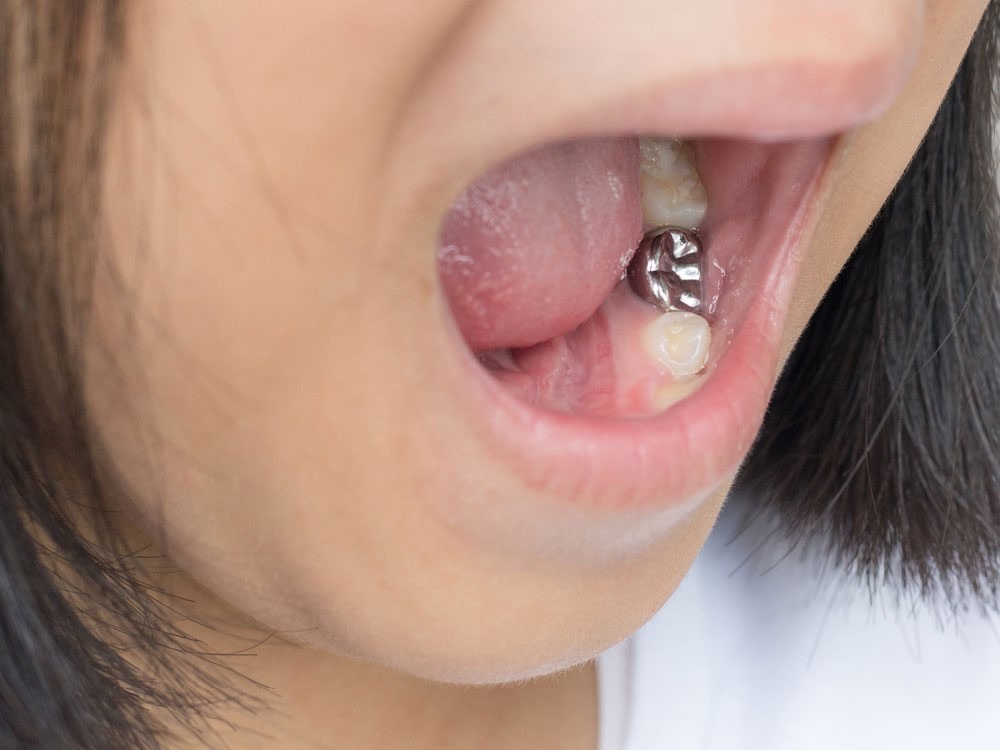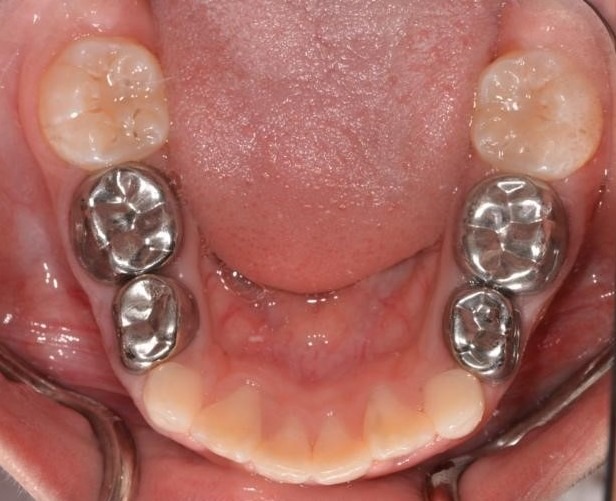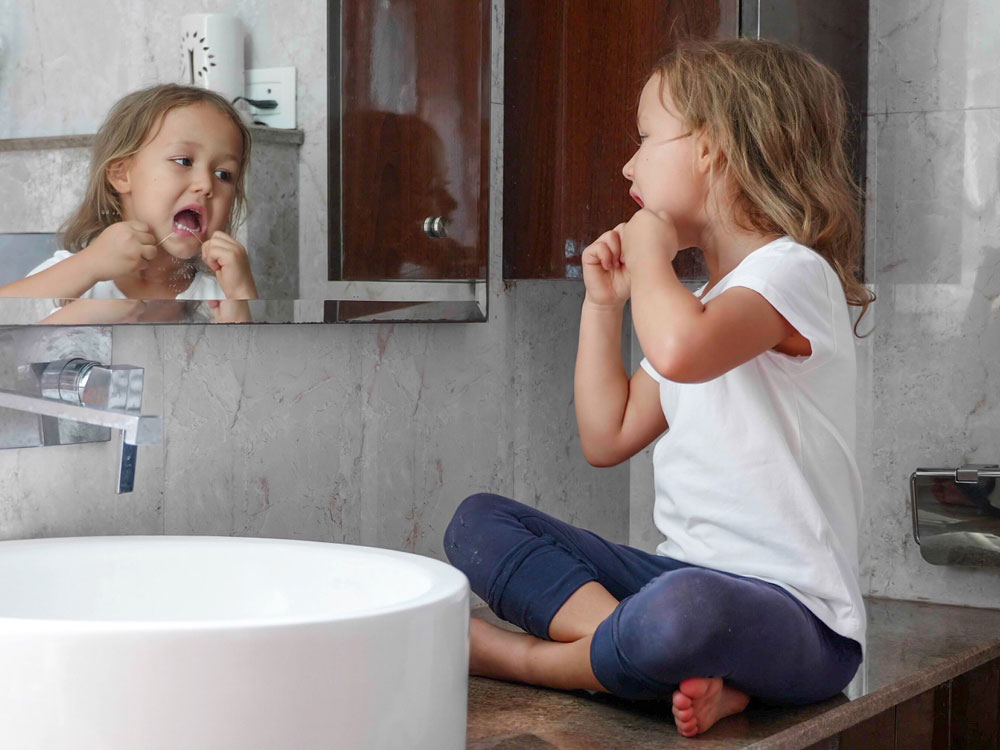Little teeth with decay? Learn how stainless-steel crowns can save the day!
Did you know, tooth decay is the most common chronic disease small humans face?
The good news? With regular brushing and mindful eating habits, decay is mostly preventable. The not-so-good news? If tooth decay is allowed to progress, it can result in pain and infection for your child.
So what can we do to ensure decay doesn’t get worse for your little one?
At Norwest, we can treat dental decay in different ways depending on the needs of your child. If your child has a back tooth that needs treatment, stainless-steel crowns are often our strongest option.
So here’s everything you need to know about these tooth-saving crowns.
Why do dentists use stainless-steel crowns?
Even before the first tooth appears, you’ll need to start wiping your baby’s gums twice daily

Stainless-steel crowns are like protective helmets for severely decayed back teeth. Their job is to provide the affected tooth with full coverage and – most importantly – comfort.
When would we recommend a stainless-steel crown over a filling? There are a few situations where crowns are the best option in the dentist’s toolkit:
- After a tooth has had a pulpotomy (nerve treatment) and needs the strength of a stainless-steel crown for added protection
- When a tooth is so badly broken down that it doesn’t have enough structure to support a white filling
- When a tooth or teeth have chalky enamel and need protection so your child can chew and chomp without risking decay or pain
Material matters: what are stainless-steel crowns made of?
Crowns are made of preformed ready-made ‘alloy’ called stainless steel. An ‘alloy’ is several metals that have been combined in order to give the final product special properties – such as making it stronger.
The metals that make up stainless steel are nickel and chromium, which make stainless steel very safe. In fact, stainless steel is likely the same material that makes up your cutlery! This is because it’s safe around food, teeth and mouths.
And because stainless-steel crowns are easy to care for, durable and long-lasting, they have a high success rate.
Wait… why don’t we just remove the decayed baby tooth?
Primary teeth play an important role in your little one’s speaking, chewing and alignment of teeth. So it’s always best to save them whenever possible!
How are stainless-steel crowns placed?
Before dentists top your little one’s tooth with a metal helmet, we make sure to remove any decay or chalky enamel, and shape the tooth so that the new crown will fit perfectly.
When everything is clean, we use cement to attach the crown to the tooth – creating an impenetrable seal that protects the tooth.
Your child’s teeth will feel a little tight and big to bite with at first. But give it a few days to settle, and they will be back to normal (or rather, better than normal!).
The crown will then do its duty and safeguard the tooth until it, if it’s a baby tooth, starts wobbling and falls out.
And that’s it. The crown will fly away with the tooth fairy, without a need to see your dentist again.

Welcome the wonderful or decide on discretion?
Newly placed ‘robot teeth’ or ‘princess crowns’ tend to be quite exciting for kids. However, if you and your child prefer a more discreet look, stainless-steel crowns aren’t your only crown option.
Zirconia crowns are white and are less obvious. They’re made from zirconium dioxide, a type of ceramic material.
White crowns come with their own pros and cons. However, they are suitable in every instance, so please remember to ask us what’s best for your child.
Aftercare: keeping your crowns fit for royalty



It’s important to help your child take care of their new toothy treasure – which will avoid further issues down the track.
After crowns have been placed, here are a few things you can be mindful of in your kid’s dental routine:
- Brushing: Gums may be a little tender after placing the stainless-steel crowns, so make sure to be gentle when brushing during the first few days. After that, brush your child’s crown and the surrounding gums like any other tooth. With good brushing technique, a stainless-steel crown will sparkle like a freshly placed one. Your child’s gums should also remain pink, firm and healthy.
- Flossing: Flossing keeps plaque and food build up between your child’s tooth and its metal helmet at bay. But wait a day before you start flossing around a newly placed crown.
- Diet: With any discomfort gone from the dental decay and the stainless-steel crown secured, your child can return to their regular diet. But try to avoid sticky foods like toffee that can potentially pull the crown from the tooth.
